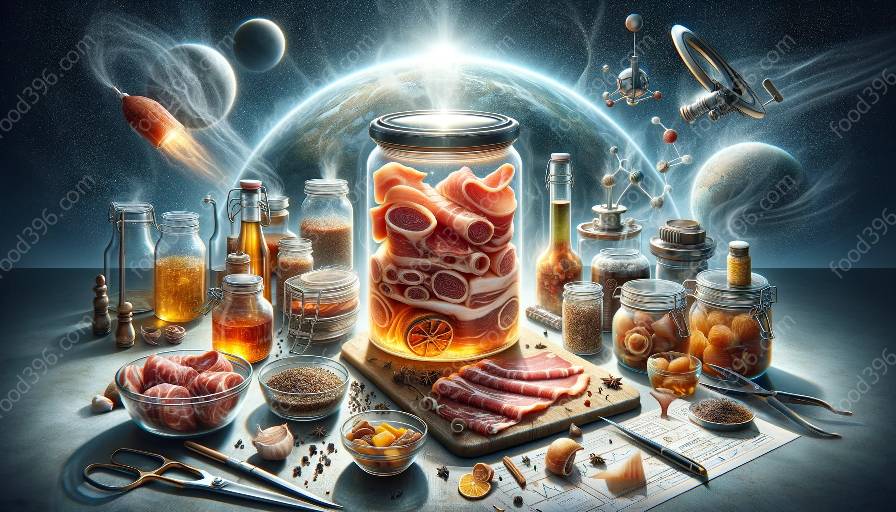When it comes to meat preservation, curing plays a significant role in extending the shelf life of meats while enhancing their flavor. In this comprehensive guide, we'll explore the art and science of curing, its history, methods, and its relevance to meat science and preservation techniques.
The History of Curing
Curing has been used for centuries as a method to preserve meats before the age of refrigeration. Ancient civilizations discovered that salting, smoking, and drying meats could prolong their shelf life, enabling them to be stored for extended periods.
Curing Methods
There are several methods of curing meats, including dry curing, wet curing, and brine curing. Dry curing involves rubbing salt and spices directly onto the meat, while wet curing and brine curing involve submerging the meat in a saltwater solution. Smoking is also a popular method of curing, as it imparts a unique flavor to the meat while also aiding in preservation.
Role in Meat Preservation Techniques
Curing is a critical component of meat preservation techniques, as it not only extends the shelf life of meats but also inhibits the growth of bacteria that can cause spoilage. When combined with other preservation methods such as refrigeration, freezing, or canning, curing allows meats to be stored for long periods without compromising their safety or quality.
Importance in Meat Science
Meat science encompasses the study of how meat is processed, preserved, and consumed. Curing plays a pivotal role in meat science by providing insights into how various curing methods affect the texture, flavor, and safety of meat products. Understanding the chemical and microbiological processes involved in curing contributes to the development of safer and more flavorful meat products.
Curing and Flavor Profile
One of the unique aspects of curing is its ability to enhance the flavor of meats. Through the addition of spices, herbs, and smoking, cured meats develop complex and rich flavor profiles that are highly sought after by consumers. This aspect of curing intersects with culinary arts, as chefs and food enthusiasts explore the diverse flavor profiles that can be achieved through curing.
Quality and Safety Considerations
While curing is an effective preservation method, it is essential to maintain stringent quality and safety standards during the curing process. Controlling factors such as temperature, humidity, and the concentration of curing agents is crucial to ensuring that the meat is safe for consumption. This intersection of science and culinary expertise underscores the meticulous approach required for successful curing.
Future Trends and Innovations
Advancements in food technology and meat science continue to drive innovations in curing techniques. From the use of natural preservatives to the exploration of alternative curing methods, the future of curing holds promise for addressing consumer preferences for healthier and more sustainable meat products.
Conclusion
Curing plays an integral role in meat preservation, meat science, and culinary arts. Its historical significance, diverse methods, and impact on the flavor and safety of meats make it a topic of enduring relevance. As we continue to appreciate the art and science of curing, its evolution and innovation will undoubtedly shape the future of meat preservation and culinary experiences.

